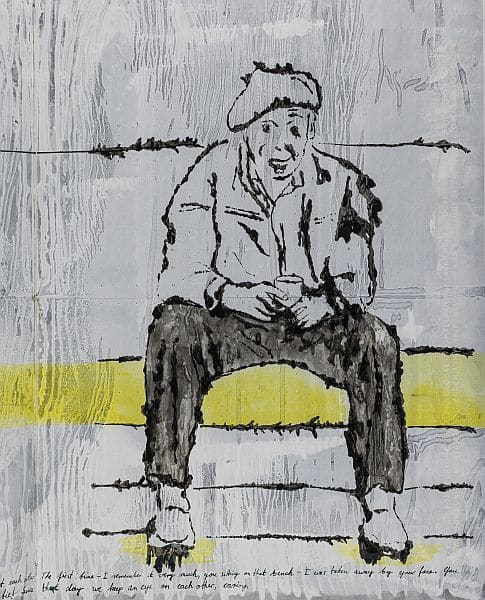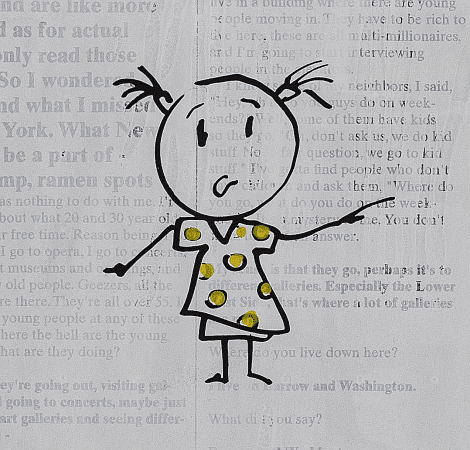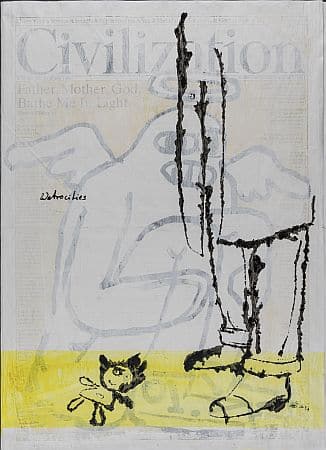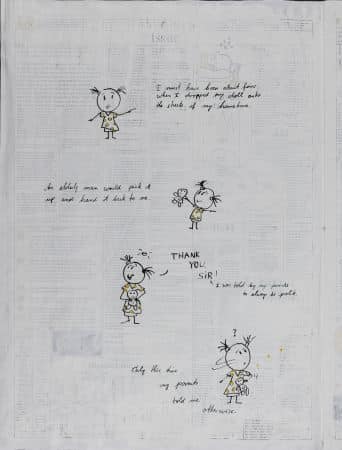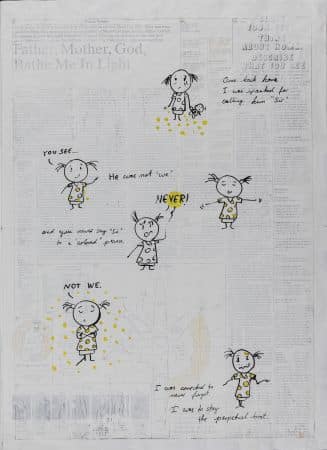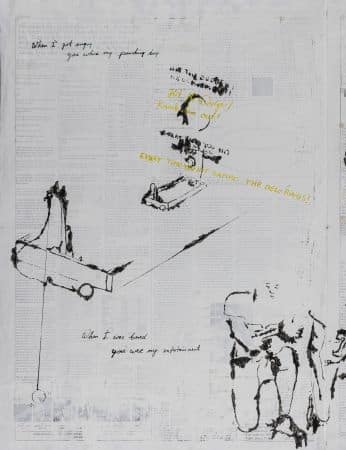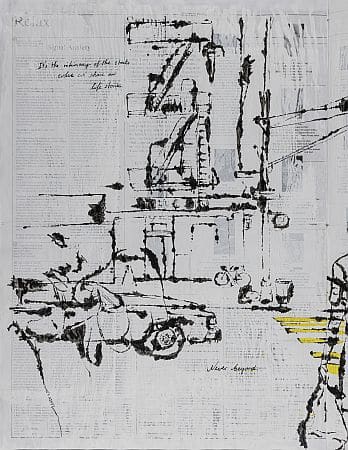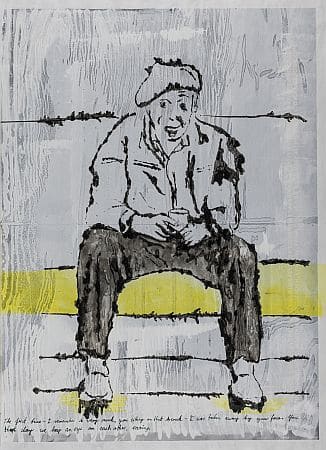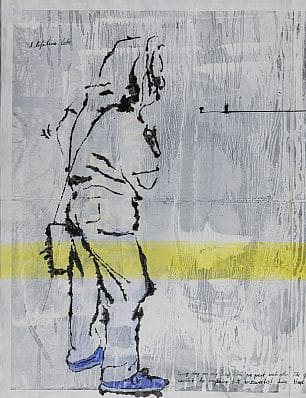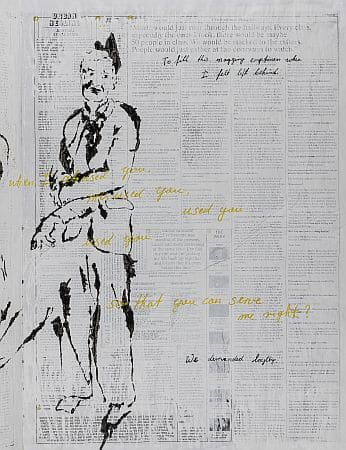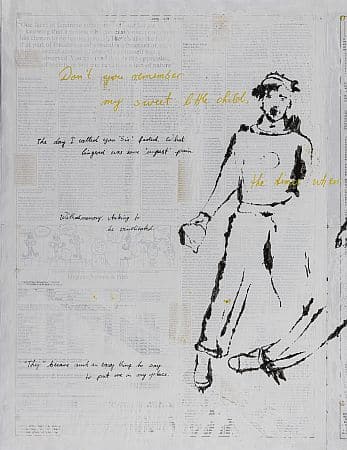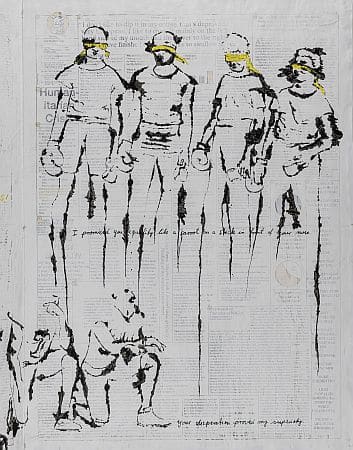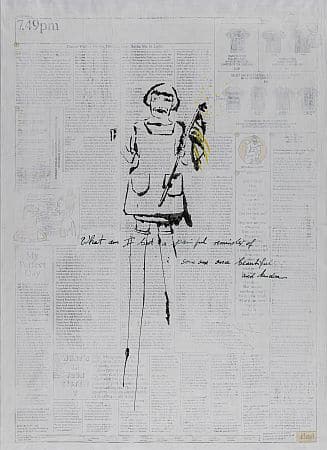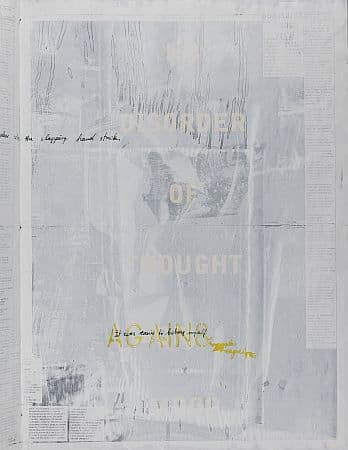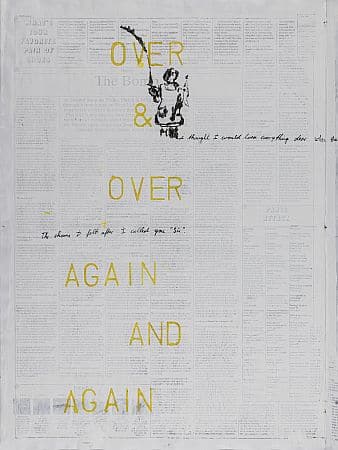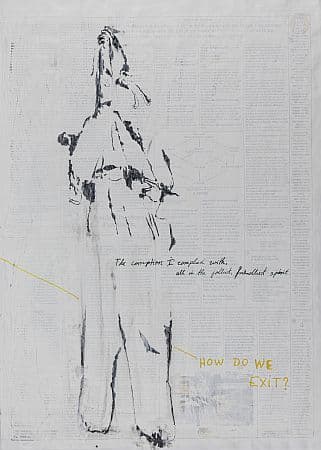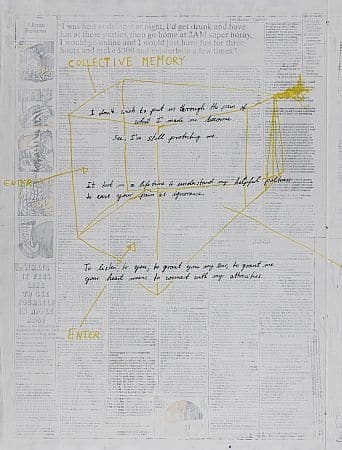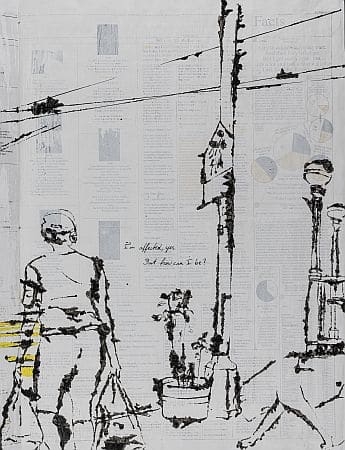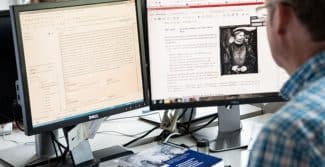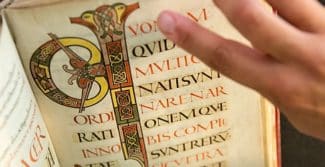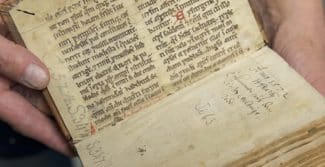13 September 2022
I must have been about four when I dropped my doll onto the streets of my hometown. An elderly man would pick it up and hand it back to me. Thank you, sir! I was told by my parents to always be polite. Only this time my parents told me otherwise. Once back home I was spanked for calling him “Sir.” You see . . . he was not ‘we’, and you never say “Sir” to a ‘colored’ person. NEVER! NOT WE.
This brief episode makes it clear that being ‘white’ is a social construct and that othering can take place through the power of language alone. But it is also a story about truth and courage – because the young protagonist decides to disown her parents’ truth. She decides not to align herself with this ‘we’ and has the courage to question her parents’ racist attitudes.
Beldan Sezen is interested in revealing the places where human relationships run up against their limits and in giving space to the unsaid, which is why her words and images – and omissions – are equally important. In Wetrocities (Malerbücher 69.FM 6) she questions why certain topics are taboo and examines the effects of living within social constructs, focusing on the moment when a sense of social justice kicks in.
The construction of ‘whiteness’ also informs the choice of materials used in Wetrocities. Instead of bleached white paper, Sezen uses regular newsprint as a snapshot of the present moment and paints over each page with white paint. In the process, the printed text is rendered visible to varying degrees. Sezen then writes out the stories by hand, illustrating them with drawings created using the blotted-line technique. This is a method developed by Andy Warhol for the serial reproduction of everyday motifs. A pencil drawing is copied onto tracing paper with ink and then printed. The process allows the thickness of the lines to be changed; it also leaves the final appearance of the image largely up to chance because it is not possible to control the results and the printed line is never as clean and neat as the pencil version. Sezen then completes the ink drawings by adding highlights in bright yellow. This signal colour attracts attention and can also be read as a warning, the highlighting of a critical situation that demands human intervention. Wetrocities provides plenty of food for thought, subversively issuing a sociopolitical statement through the dialectic of black and white, present and past, intensity and reduction.
Beldan Sezen makes graphic novels, artist’s books, drawings, essays and installations. She is Turkish by ethnicity, German by birth, and lives in Amsterdam and New York, where she is part of the Booklyn team, an artist-run organisation in Brooklyn. Sezen was awarded the 2022 artist book prize of the Herzog August Bibliothek and the Curt Mast Jägermeister Foundation for her walk-in book project.
As part of the award ceremony on 14 September, the artist presented her work in a performance in the Augusteerhalle. If you weren’t able to make it in person, click here to watch a recording of the event.
